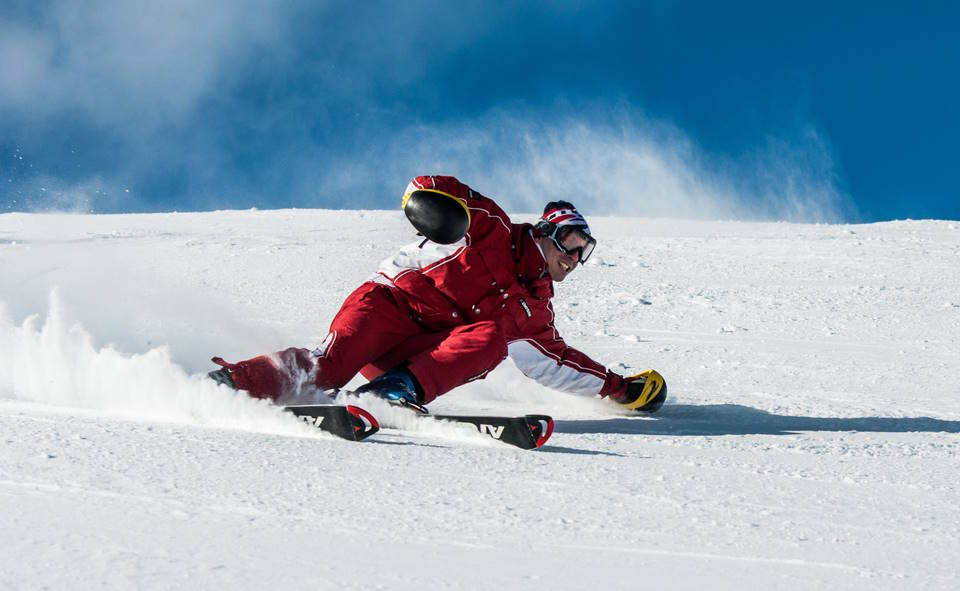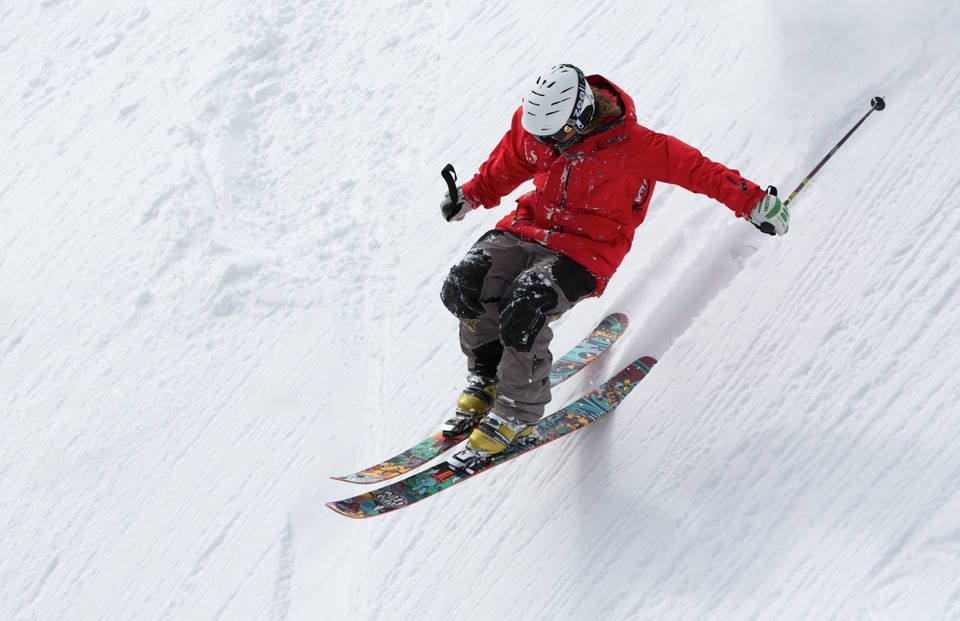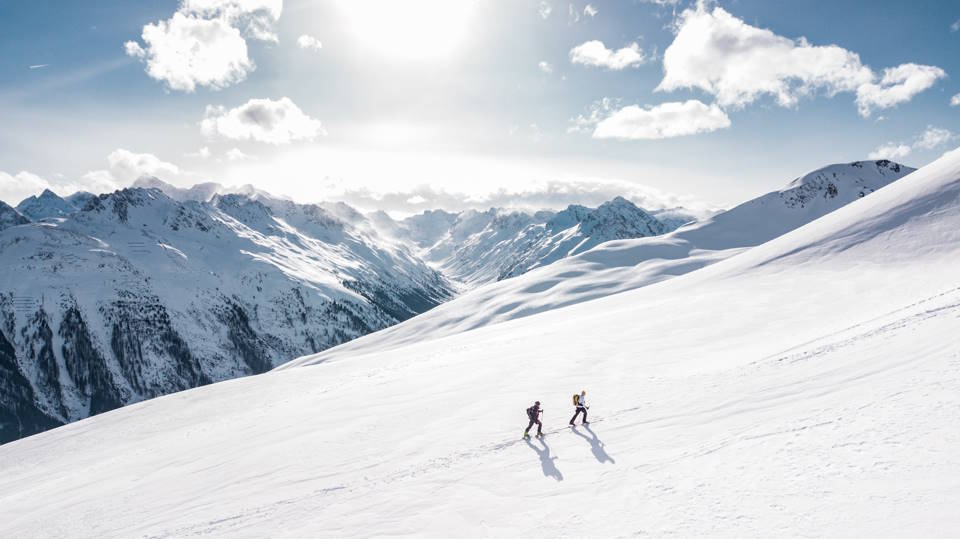Introducing your children to the world of skiing can be a rewarding and enjoyable experience for the whole family. However, it’s important to approach it with careful consideration and planning to ensure a positive and successful introduction to the sport. In this blog post, we will explore the key steps to helping your kids learn to ski, from selecting the right equipment to teaching essential techniques and safety measures. We’ll also discuss how to build their confidence on the bunny slope and gradually progress to more advanced terrain. By following these guidelines, you can help your children develop a love for skiing while ensuring that they feel safe and supported every step of the way. Whether you’re a seasoned skier yourself or completely new to the sport, this guide will provide you with the tools and knowledge to set your kids up for a successful and enjoyable skiing experience.Learn how to choose the right ski equipment, build confidence on the bunny slope, and progress to advanced slopes with basic ski techniques and safety tips.
Choosing The Right Ski Equipment

When it comes to hitting the slopes, having the right ski equipment is crucial. Whether you’re a seasoned skier or just starting out, having the proper gear can make all the difference in your experience. From skis and boots to helmets and goggles, there are a lot of things to consider when selecting the best equipment for yourself or your kids.
First and foremost, it’s important to get properly fitted for ski boots. The fit of your boots can greatly impact your performance and comfort on the mountain. Ensuring that your boots are the right size and shape for your feet will help to prevent blisters and discomfort during your ski day.
Next, choosing the right skis for your skill level and skiing style is essential. Beginners may want to start with shorter, more maneuverable skis, while more advanced skiers may want to opt for longer, faster skis. It’s also important to consider the type of terrain you’ll be skiing on when selecting your skis.
Additionally, helmets and goggles are vital pieces of equipment to protect yourself on the mountain. Helmets can prevent head injuries in the event of a fall, while goggles can protect your eyes from the sun, wind, and snow. It’s important to select a helmet that fits securely and comfortably, and goggles that provide clear vision in various weather conditions.
Finally, don’t forget about ski clothing. Dressing in layers, wearing waterproof and insulated clothing, and having the right accessories can make a big difference in staying warm and comfortable on the slopes. It’s important to select clothing that allows for movement and breathability, while also providing insulation and protection from the elements.
Building Confidence On The Bunny Slope

When it comes to helping your kids learn to ski, building their confidence on the bunny slope is an important step in the process. The bunny slope is where beginners start their skiing journey, so it’s crucial to create a positive and safe experience for your child.
Encouraging your child to take their time and go at their own pace is key to building their confidence. Let them know that it’s okay to fall and that everyone starts somewhere. Offering words of encouragement and positive reinforcement will help them feel more confident on the slopes.
It’s also important to ensure that your child has the right ski equipment. Properly fitting boots, skis, and a helmet are essential for their safety and comfort. Being equipped with the right gear will give your child more confidence as they take on the bunny slope.
Teaching your child the basics of skiing, such as how to stop, turn, and navigate the slope, will also help build their confidence. Spend time practicing these skills with them and give them the opportunity to feel comfortable and in control on their skis.
Lastly, emphasizing safety measures on the bunny slope, such as staying in control, being aware of other skiers, and following the rules of the slope, will help your child feel more secure as they gain confidence on the slopes. By focusing on building a positive and encouraging environment, you can help your kids build confidence on the bunny slope and set them up for a successful skiing experience.
Teaching Basic Ski Techniques And Safety

When teaching kids how to ski, it’s essential to start with the basic ski techniques and safety measures. Begin by emphasizing the importance of wearing helmets and protective gear. Explain to them the potential risks and dangers of skiing and the significance of staying within designated boundaries. It’s crucial to instill a sense of responsibility and awareness of their surroundings from the beginning.
Next, introduce them to the proper techniques for slowing down, stopping, and turning. Teach them how to use their knees and ankles to shift their weight and control their speed. Encourage them to practice these movements on gentle slopes to build confidence and improve their balance.
It’s also important to educate kids about the ski lift safety rules and etiquette. Teach them how to get on and off the ski lift, how to use the safety bar, and how to stay safe while riding the lift. Emphasize the need to follow instructions and be considerate of others on the slopes.
Furthermore, teaching kids about the basics of navigating different terrains and snow conditions is crucial for their safety. Teach them how to adjust their skiing techniques based on the type of snow and terrain they encounter. Show them how to handle icy patches, moguls, and flat surfaces with confidence and control.
Lastly, reinforce the importance of proper hydration, staying warm, and taking breaks when needed. Encourage them to listen to their bodies and recognize when they need to rest. Teaching kids the fundamental ski techniques and safety measures will equip them with the knowledge and skills to enjoy skiing while minimizing the risks of accidents and injuries.
Gradually Progressing To More Advanced Slopes

When teaching kids how to ski, it’s important to start with the basics and gradually progress to more advanced slopes. Choosing the right ski equipment is crucial for their safety and comfort. Make sure they have properly fitted boots, skis, and helmets to protect them from potential injuries. Building confidence on the bunny slope is the first step to mastering more challenging terrain. Encourage your kids to practice turning, stopping, and controlling their speed on gentle slopes before moving on to steeper runs.
Teaching basic ski techniques and safety is essential for preparing kids to tackle more advanced slopes. They should learn how to use ski poles, make parallel turns, and navigate through moguls and obstacles. Emphasize the importance of following the safety rules on the mountain, such as yielding to other skiers and being aware of their surroundings. Gradually introducing these skills will help them build the necessary foundation to handle more difficult terrain.
As your kids gain more experience and confidence, it’s time to gradually progress to more advanced slopes. Start with groomed intermediate runs that offer a gentle incline and wider paths. This will allow them to practice carving and maintaining control at higher speeds. Once they feel comfortable on intermediates, you can introduce them to steeper terrain with variable conditions, such as powder, ice, and bumps.
It’s important to continuously reinforce the importance of safety and good decision-making as they advance to more challenging slopes. Teach them how to assess the conditions, choose appropriate routes, and adapt their technique to different environments. Encourage them to stay within their skill level and not to push beyond their limits, as this can lead to accidents and injuries. With patience and guidance, your kids will be able to gradually progress to more advanced slopes and become confident, skilled skiers.




